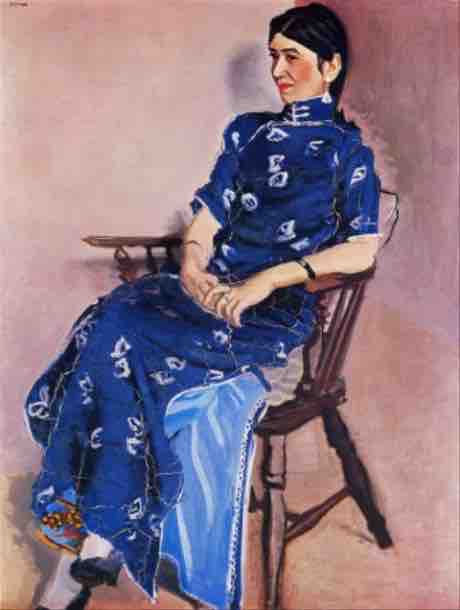Overview: The Shōwa period
The Shōwa period in Japanese history corresponds to the reign of the Shōwa Emperor, Hirohito (裕), from December 25, 1926 through January 7, 1989. The Shōwa period was longer than the reign of any previous Japanese emperor. During the pre-1945 period, Japan moved toward political totalitarianism, ultra-nationalism, and fascism, culminating in Japan's invasion of China in 1937. This was part of an overall global period of social upheavals and conflicts such as the Great Depression and the Second World War.
Defeat in the Second World War brought radical change to Japan. For the first and only time in its history, Japan was occupied by foreign powers. This occupation by the United States on behalf of the Allied Forces (which included the Soviet Union, the United Kingdom, and China) lasted seven years. Allied occupation brought forth sweeping democratic reforms, leading to the end of the emperor's status as a living god and the transformation of Japan into a democracy with a constitutional monarch. In 1952, with the Treaty of San Francisco, Japan became a sovereign nation once more and underwent an economic revitalization. In these ways, the pre-1945 and post-war periods regard completely different states: the pre-1945 Shōwa period (1926–1945) concerns the Empire of Japan, while the post-1945 Shōwa period (1945–1989) was a part of the State of Japan.
Art in the Pre-War Shōwa Period
Japanese painting in the pre-war Shōwa period was largely dominated by Yasui Sōtarō (1888-1955) and Umehara Ryūzaburō (1888-1986). These artists introduced the concepts of pure art and abstract painting to the Nihonga tradition (a style based on traditional Japanese art forms) and thus created a more interpretative version of that genre. Yasui Sōtarō was strongly influenced by the the realistic styles of the French artists Jean-François Millet, Pierre-Auguste Renoir, and Paul Cézanne; he incorporated clear outlines and vibrant colors in his portraits and landscapes, combining western realism with the softer touches of traditional Nihonga techniques. This trend was further developed by Leonard Foujita (also known as Fujita Tsuguharu) and the Nika Society to encompass surrealism. To promote these trends, the Independent Art Association was formed in 1930.

Portrait of Chin-Jung (1934) by Yasui Sōtarō. The National Museum of Modern Art, Tokyo.
Yasui Sōtarō was strongly influenced by the the realistic styles of the French artists Jean-François Millet, Pierre-Auguste Renoir and, in particular, Paul Cézanne. He incorporated clear outlines and vibrant colors in his portraits and landscapes, combining western realism with the softer touches of traditional Nihonga techniques.
By the early 20th century, European art forms were also introduced into Japanese architecture. Their marriage with traditional Japanese styles of architecture produced notable buildings like the Tokyo Train Station and the National Diet Building that still exist today.
Tokyo Station
Tokyo Station opened on December 20, 1914, and was heavily influenced by European architectural styles.
Art in the Post-War Shōwa Period
During World War II, government controls and censorship meant that only patriotic themes could be expressed, and many artists were recruited into the government propaganda effort. After the end of World War II in 1945, many artists began working in art forms derived from the international scene, moving away from local artistic developments into the mainstream of world art. Traditional Japanese conceptions endured, however, particularly in the use of modular space in architecture, certain spacing intervals in music and dance, a propensity for certain color combinations, and characteristic literary forms.